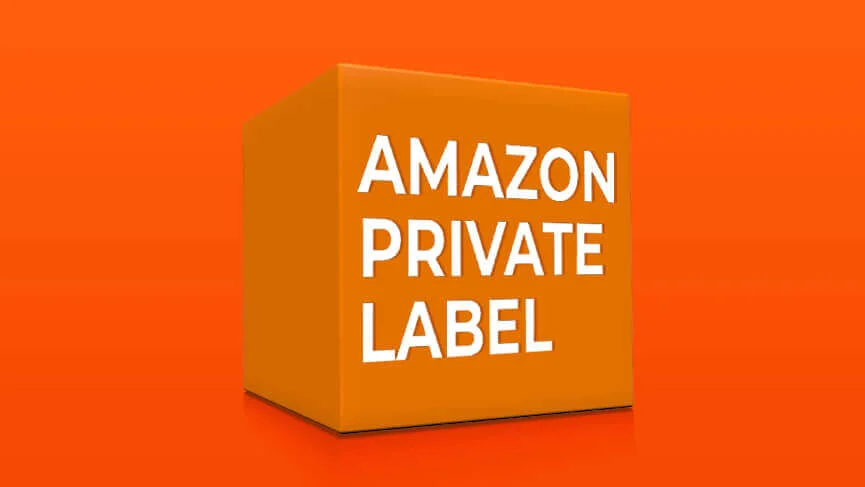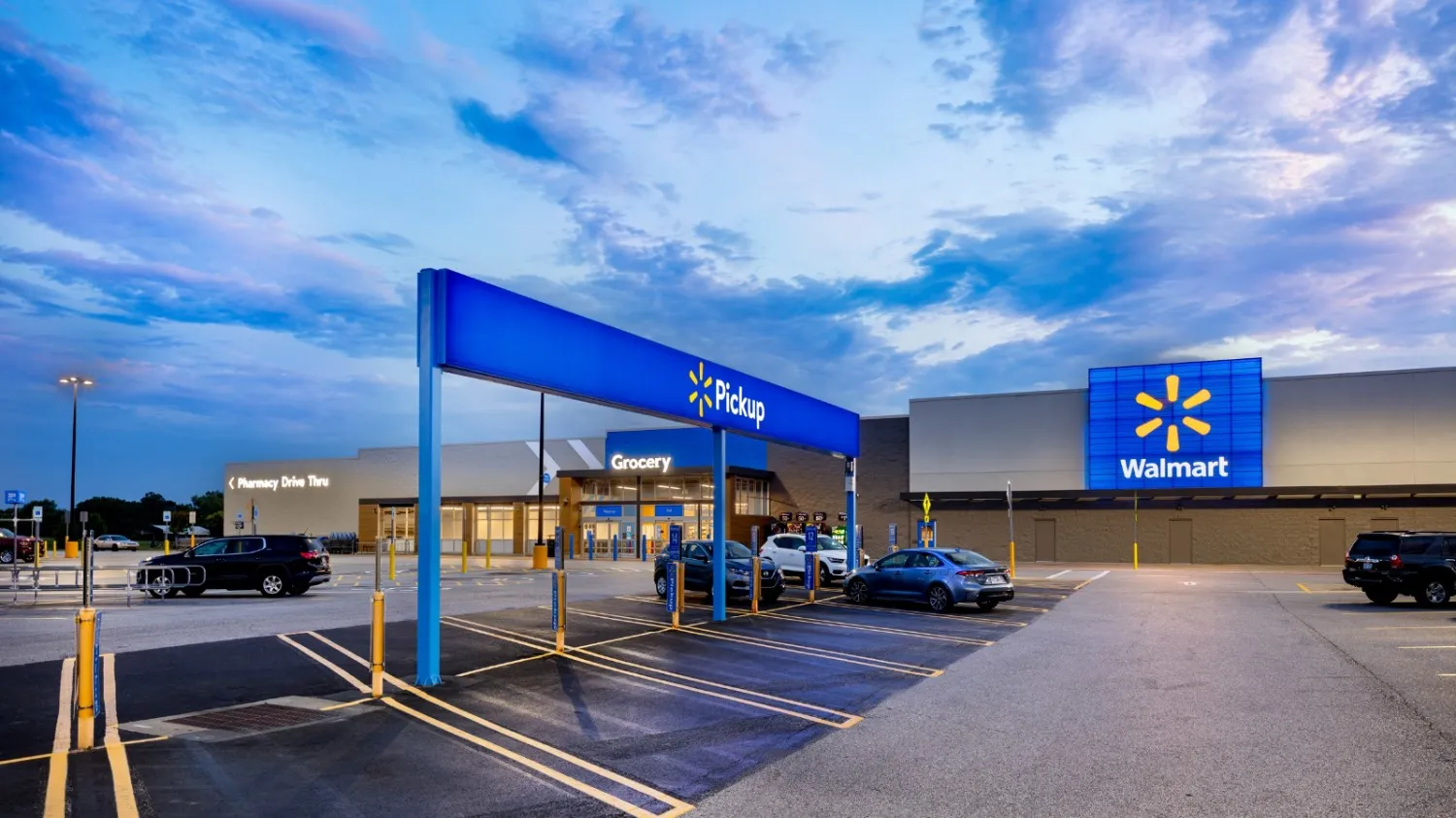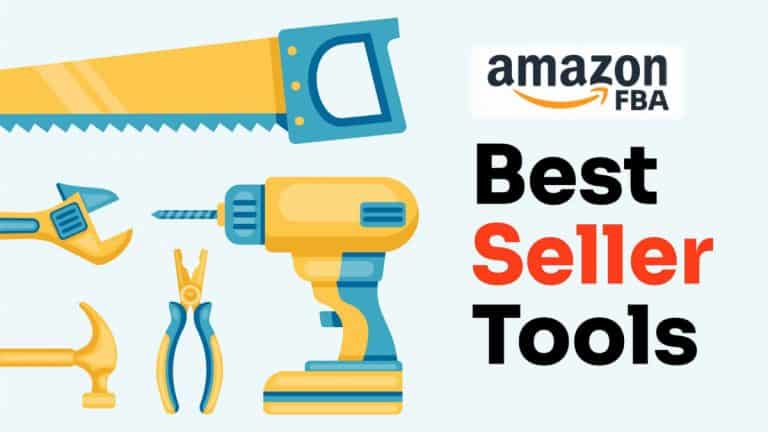How to Build a Long-Term Brand with Amazon Private Label

How to Build a Long-Term Brand with Amazon Private Label
The e-commerce landscape is evolving, and Amazon Private Label has emerged as one of the most profitable business models for entrepreneurs looking to build a sustainable brand. With millions of daily shoppers on Amazon, private labeling allows sellers to create their own brand, establish customer loyalty, and generate consistent revenue. However, success in this business requires a strategic approach. In this blog, we’ll explore how you can build a long-term brand with Amazon Private Label and dominate your niche.
Understanding Amazon Private Label
Amazon Private Label involves sourcing generic products from manufacturers, branding them with your own logo and packaging, and selling them under your exclusive brand name. This model gives you complete control over pricing, marketing, and customer experience. Unlike reselling existing products, private labeling allows you to differentiate your brand and establish a unique identity in the marketplace.
Choosing the Right Product for Private Labeling
The foundation of a successful Amazon Private Label brand starts with selecting the right product. Conducting thorough market research is essential to identify high-demand, low-competition products. Use tools like Jungle Scout, Helium 10, and AMZScout to analyze product trends, search volume, and competitor sales data. Look for products with steady demand, good profit margins, and opportunities for differentiation. Avoid overly competitive categories dominated by established brands, as breaking into these markets can be challenging.
Finding Reliable Suppliers and Manufacturing Partners
Once you’ve selected your product, the next step is finding a reliable supplier. Platforms like Alibaba, Global Sources, and ThomasNet can help you connect with manufacturers. When vetting suppliers, request product samples to assess quality and negotiate pricing, minimum order quantities (MOQs), and lead times. Building a strong relationship with your supplier is crucial for maintaining product consistency and ensuring smooth operations.
Creating a Unique Brand Identity
Branding is what sets you apart from competitors. A strong brand identity includes a professional logo, high-quality packaging, and a compelling brand story. Your product listing should reflect your brand’s unique value proposition, highlighting features that make it superior to competitors. Investing in high-resolution images, engaging product descriptions, and persuasive copywriting enhances credibility and encourages conversions.
Optimizing Your Amazon Product Listing
To maximize visibility and sales, your product listing should be fully optimized for Amazon’s search algorithm. This includes:
Keyword Optimization: Use relevant keywords in the title, bullet points, and description to improve discoverability. Tools like Helium 10’s Cerebro and MerchantWords can help identify high-traffic keywords.
Compelling Product Title: Keep it concise but informative, including the brand name, main keyword, and key features.
Bullet Points & Descriptions: Highlight product benefits, key features, and unique selling points in a structured format.
High-Quality Images & A+ Content: Use multiple high-resolution images, lifestyle shots, and infographics. Enroll in Amazon’s Brand Registry to leverage A+ Content for enhanced product descriptions.
Backend Search Terms: Utilize hidden keywords in the backend search field to improve search rankings without cluttering your listing.
Leveraging Amazon Advertising and External Marketing
Launching and scaling a private label brand requires an effective marketing strategy. Amazon PPC (Pay-Per-Click) advertising is one of the best ways to drive initial traffic and sales. Sponsored Products, Sponsored Brands, and Sponsored Display ads can help increase visibility and boost sales. Additionally, leveraging social media marketing, influencer partnerships, and email campaigns can drive external traffic to your listings. Building a strong social media presence on platforms like Instagram, Facebook, and TikTok enhances brand recognition and customer loyalty.
Generating Reviews and Building Customer Trust
Positive reviews play a significant role in your product’s success on Amazon. Encourage satisfied customers to leave reviews by providing exceptional service and using Amazon’s “Request a Review” button. Consider enrolling in the Amazon Vine program to get initial reviews from trusted reviewers. Responding to customer queries promptly and addressing negative feedback professionally helps build trust and credibility.
Expanding Your Brand and Scaling Your Business
Once you establish a successful product, focus on brand expansion. Introducing complementary products, bundling offers, and launching variations can help scale your brand and increase revenue. Expanding to Amazon’s international marketplaces, such as Amazon UK, Canada, or Germany, opens new revenue streams. Additionally, consider diversifying your sales channels by creating a Shopify store or selling on Walmart Marketplace to reduce reliance on a single platform.
Final Thoughts
Building a long-term brand with Amazon Private Label requires careful planning, market research, and consistent efforts. By selecting the right products, optimizing listings, leveraging marketing strategies, and maintaining strong supplier relationships, you can establish a profitable brand with lasting success. E-commerce is competitive, but with the right approach, Amazon Private Label can be a game-changer for your business, providing a steady income and long-term growth potential.





